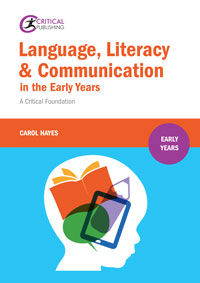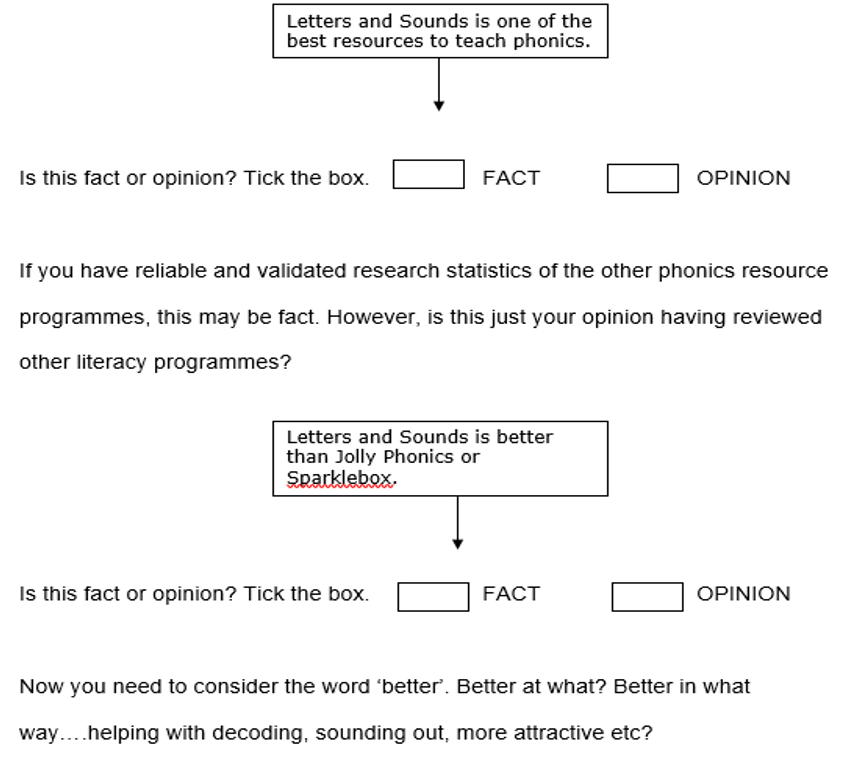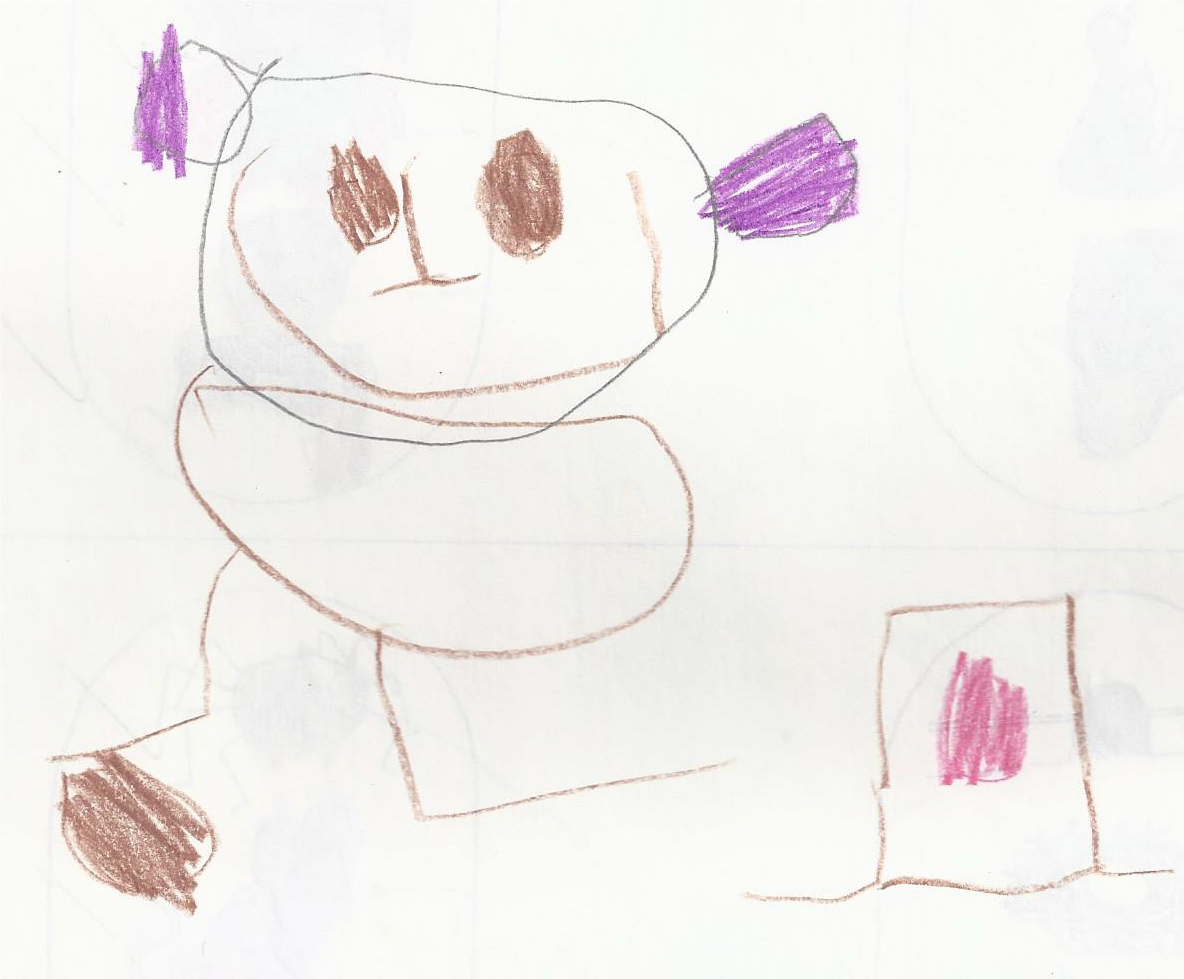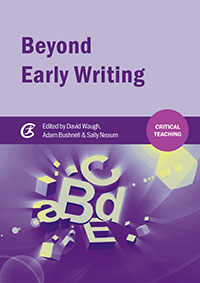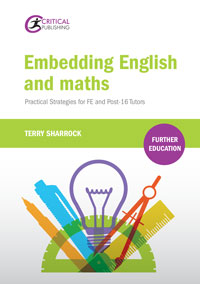This is an extract from A Critical Guide to the SEND Code of Practice 0-25 Years (2015) by Janet Goepel, Jackie Scruton and Caroline Wheatley.
This chapter provides:
- an understanding of the framework for the SEND CoP within the context of past legislation and guidance;
- identification of the current principles underpinning the current CoP;
- a consideration of definitions and terminology within the field of SEND;
- a discussion of medical and social models of disability.
Legislation and guidance
The 2015 SEND CoP makes reference to other relevant legislation which can be seen in the table at the beginning of this book. It is important to note that while much of the legislation shown originates from, and is relevant to, education; this is not exclusively the case. Other legislation has particular relevance to health and social care services.
Understanding the historical context
The 1913 Mental Deficiency Act identified four categories or labels of mental deficiency:
- idiots;
- imbeciles;
- feeble minded; and
- moral imbeciles.
This terminology is rooted in medical/psychological diagnosis. The impact of such a label on the individual might have meant the difference between living at home or being placed in an institution. This was a period where CnYP were considered to require medical intervention or support and where a deficit model was at the forefront.
The 1944 Education Act continued to use labels to categorise CnYP. The Act introduced 11 new categories of disability, together with a new generic category ‘educationally sub normal’ of which there was a secondary ‘severely’ label. These CnYP did not have a right to education and fell under the responsibility of the local health authority.
The Warnock Report (DES, 1978) was influential in the passing of the 1981 Educational Act. This Report introduced the term ‘special educational needs’ and represented a shift towards a more inclusive system of education especially given that it stressed the importance of professionals working with parents as partners. The subsequent Education Act (1981) adopted much of the philosophy of the Warnock report. The key aspect of the Act was the introduction of a ‘Statement of SEN’, a legally binding document outlining a CYPn’s needs and the provision required to meet those needs. A further Education Act in 1993 resulted in the introduction and implementation of the SEN Code of Practice (DfE 1994[GJ1] ). This code has been revised, most recently in 2015 after the introduction of the Children and Families Act (2014). Interestingly with each change of government came new legislation and a revision of the Code of Practice.
Other milestones during the development of education for CnYP with SEN include the Disability Discrimination Act (DDA) (1995), and the 2001 Special Educational Needs and Disability Act which enshrined in legislation the fundamental right for a CYPn with a Statement of SEN to be educated in a mainstream school, albeit with some caveats. Additionally, the 2009 Lamb Report based on detailed research, underpinned the need to strengthen parental voice and confidence to help improve the quality of partnership working.
The Children and Family Act (2014) replaced the Statement of SEN with an Education, Health and Care (EHC) plan and subsequently a new Special Educational Needs and Disability Code of Practice 0 to 25 (2014) was introduced, with a further revision in 2015. This requires teachers to make high quality provision through a differentiated approach and following the four-part cycle of assess, plan, do and review. We examine this in more detail in Part 2.
More recently the House of Commons Education Committee has published a report with a focus on how the SEN system works. It recognised the Children and Families Act 2014 originally set out the ambition to transform SEN provision and put CnYP at the heart of that transformation. These transformations were seen as positive; however, this report identifies that the current political environment has meant that these reforms have not been fully realised. Factors influencing this are poor administration, a challenging funding environment and, lack of ability in local authorities (LAs) and schools in understanding and carrying out the reforms. The report also recognised that there is a tension between CnYP’s needs, the provision available and lack of accountability. However, it confirms what many CnYP and their parents are experiencing. ‘This generation is being let down – the reforms have not done enough to join the dots, to bring people together and to create opportunities for all young people to thrive in adulthood’ (House of Commons 2019, p 4).
Principles underpinning the SEND CoP (2015)
The principles which underline the legislation in terms of education, health and social care are as follows:
- CnYP and their parents are involved in discussions and decisions about their support;
- CnYP and their parents are involved in planning and commissioning services;
- the needs of CnYP are identified early and early intervention is given;
- CnYP and their parents have greater choice and control;
- there is greater collaboration between education, health and social care services;
- there is high quality provision;
- a focus on inclusive practice and removing barriers to learning;
- support to make a successful transition to adulthood.
These principles are examined in more detail in Parts 2 and 3 of this book.
Definitions and terminology
This section aims to enable you to develop a wider understanding of the complexities of terminology and definitions within SEN, as these are often different depending on which practitioner you are talking to – it is the dilemma of defining difference.
The notion of SEN has been subject over the years to a changing environment in language and categorisation. Mittler (2000, p 9) suggests that: ‘SEN terminology has survived for so long because it is not easy to find an acceptable substitute ….it is embodied in legalisation’.
In examining the CoP, while there is a clear legal definition, the terminology could still be said to label, with words such as special educational needs or greater difficulty in learning. Interestingly the only reference to labelling issues is seen in the 1994 CoP and not the most recent (Lehane, 2017), yet the practice of labelling children is rife within education, health and social care.
In regard to legislation for social care, a child with a disability by default is defined as a child in need (Children Act 1989). Therefore it is important to understand that the use of a range of definitions/terminology can cause difficulty for all practitioners including parents.
However, even with different definitions we are constrained by the legal definition and these are used throughout this book, namely:
‘A child or young person has SEN if they have a learning difficulty or disability which calls for special educational provision to made for him or her.’
(SEND CoP, p 15)
and
‘a child of compulsory school age or a young person has a learning difficulty or disability if he or she:
- has a significantly greater difficulty in learning than the majority of others of the same age, or
- has a disability which prevents or hinders him or her from making use of facilities of a kind generally provided for others of the same age in mainstream schools or other post-16 institutions’.
(SEND CoP, p 16)
The definition for disability as stated by the DDA (1995, 50 1 (1)) uses language that might be better suited in a medical context. It defines disability as: ‘A physical or mental impairment which has a substantial and long-term adverse effect on a person’s ability to carry out normal day-to-day activities.’
The use of terminology within the field of SEN can be complex and confusing, as each sector has its own language. See Table 1.1 below for some examples.
Table 1.1 Some of the terminology used across sectors
| SEN | Special Educational Needs | Education – schools |
| SEND | Special Educational Needs and Disability | Education – schools |
| LDD | Learning Difficulties and/or Disabilities | Post 16 – Further Education, Health and Social care contexts |
| AEN | Additional Educational Needs | Education – schools |
| ASN | Additional Support Needs | Education – schools |
| Children in Need | Children Services | |
| Disabled Children | Children and Health Services | |
| ALN | Additional Learning Needs | Education – schools |
Scenario
You are a practitioner (from education, health or social care) who has been asked to meet the parents of a young person (YP) aged seventeen who has a diagnosis of Asperger’s. You have been given a number of reports and letters from all the agencies involved who are working with the YP. These include the local further education (FE) college, the social worker and the community paediatrician. These reports use a large number of acronyms and terminology you are not familiar with and as a result you are struggling to get a clear picture of the YP.
Critical questions
- How might you find out what the acronyms all mean?
- In your role what can you do to ensure there is consistency and continuity of terminology?
- What could you do to ensure the YP and their parents understand each organisation’s terminology, how it relates to them and what this means for the support they offer?
As already identified, different terms can be used to describe a CYPn. Many of these stem from the framework each profession uses within that particular context. These frameworks can be influenced by different models of disability. These are explored in the next section along with implications for practice.
Models of disability
Within the field of SEN there are a number of theoretical frameworks or models that are used. In order to understand your role as part of a multi-agency team you need to have an understanding of these frameworks and how they might have influence on practice.
The traditional and perhaps commonly used model is known as the medical model, which focuses on a CYPn’s impairment; on what they cannot do rather than what they can do. It can be viewed as a deficit approach. There is a focus on ‘cure’ and ‘rehabilitation’ (Frederickson and Cline, 2015, p 11) where treatments and strategies can cure or ameliorate the disability (Hodkinson and Vickerman, 2012), using normal functioning as a bench mark. Within the CoP phrases such as ‘majority of others of the same age’ and ‘making use of facilities of a kind generally provided for others of the same age’ (SEND CoP, 2015, p 16) are used. Both implicitly infer difference from what is considered to be the norm. No external factors such as environment are taken into account (Frederickson and Cline, 2015; Garner, 2009). The medical model is best summed up by listening to the voice of the disabled:
‘it has kept people focused on our difficulties and deficits so it is easy to think we are useless, burdensome and dispensable’.
(Mason, 2008, p 33)
The social model of disability arose from the disability rights movement during the 1970s and 1980s (Oliver, 2000) and takes a more inclusive approach. It suggests the fault lays with society, it is society that places barriers in the way and in doing so hinders and prevents participation in wider society. It is not the CYPn’s impairment that is the barrier, rather society’s difficulty in accommodating difference (Frederickson and Cline, 2015).
Both models are not without their critics, the medical model does not consider the social characteristics of disability, while the social model may be deemed to over socialise the causes of disability (Terzi, 2005). It should be noted that nowhere in the CoP, in any of its iterations is there an explicit mention of models of disability, yet the language seems driven by the medical model with the use of vocabulary such as ‘additional to’ (SEND CoP, 6.14) and ‘disorders’ (SEND CoP, 6.32). While only two models are examined in this chapter, there are others such as the charity and affirmative models. You can find out more about these through the links in the further reading section at the end of this chapter.
Critical questions
Think about your personal role in supporting CnYP with SEN and use this as the basis for reflecting on the following critical questions.
- What language do you use when you are describing a CYPn? Does it reflect one of the models of disability we have discussed?
- Does your use of language ‘label’ in either a constructive or a negative way? How do you know?
- How does your service define SEN and disability? Does it follow any of the models we have discussed? Is the approach used one that is enabling or disabling?
- How might you effect change in your organisation to ensure CnYP are seen as individuals and are not defined by their label?
Implications for practice
With reference to your own profession or role in supporting CnYP with SEN:
- identify which legislation is pertinent to that role;
- explain how you would ensure you comply with the legislation.
Conclusion
Having knowledge about the legal and historical background to SEN is an important part of understanding the current context for your professional practice. Chapter 2 develops this theme and explores working together for joint outcomes.
Further reading and web-based materials
Models of Disability: the following two websites provide a clear explanation of these models.
The affirmative model: www.disabilityartsonline.org.uk/affirmative-model-of-disability (accessed 31 July 2019)
The charity model: www.emeraldinsight.com/doi/abs/10.1016/S1479-3547(01)80018-X (accessed 31 July 2019)
This is an extract from A Critical Guide to the SEND Code of Practice 0-25 Years (2015) by Janet Goepel, Jackie Scruton and Caroline Wheatley.
